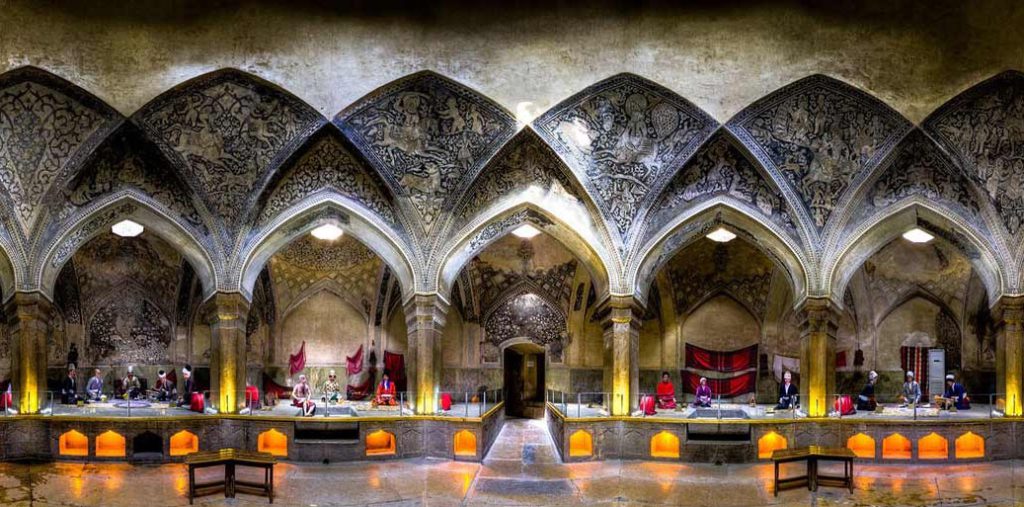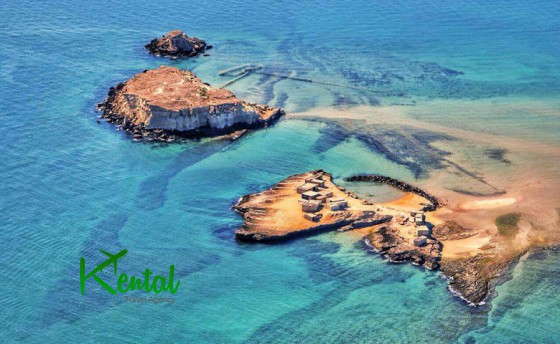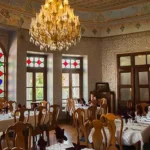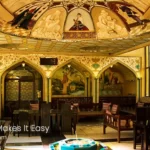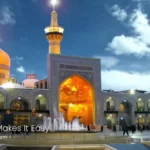Vakil Bath is one of Shiraz attractions, dates back to Zand Dynasty and is inscribed with the number 917 on the list of National works of Iran. Attracting all attentions with lime artwork and Persian miniature, now Vakil Bath Shiraz is a Museum of Anthropology and you can learn more about the traditions, clothing and culture of the ancient people of Shiraz.
Formerly, Vakil Bath was not merely normal bath for cleansing the body but also was used for gatherings and different occasions.
Location of Vakil Bath
The historic bath is located in Fars Province, beautiful city of Shiraz, Taleghani Street.
Architecture and different parts of Vakil Bath
The smart architecture of Vakil Bath is characterized by the small entrance, the octagonal bath below the ground level, and the angled corridor which prevents hot air leak and cold air entrance.
Currently, by entering this bath not only you face the stunning architecture and Persian miniature but also you get to know the traditions, culture and clothing manners. There are 30 wax figures with various expressions, describing old stories and the docent will explain them to you.
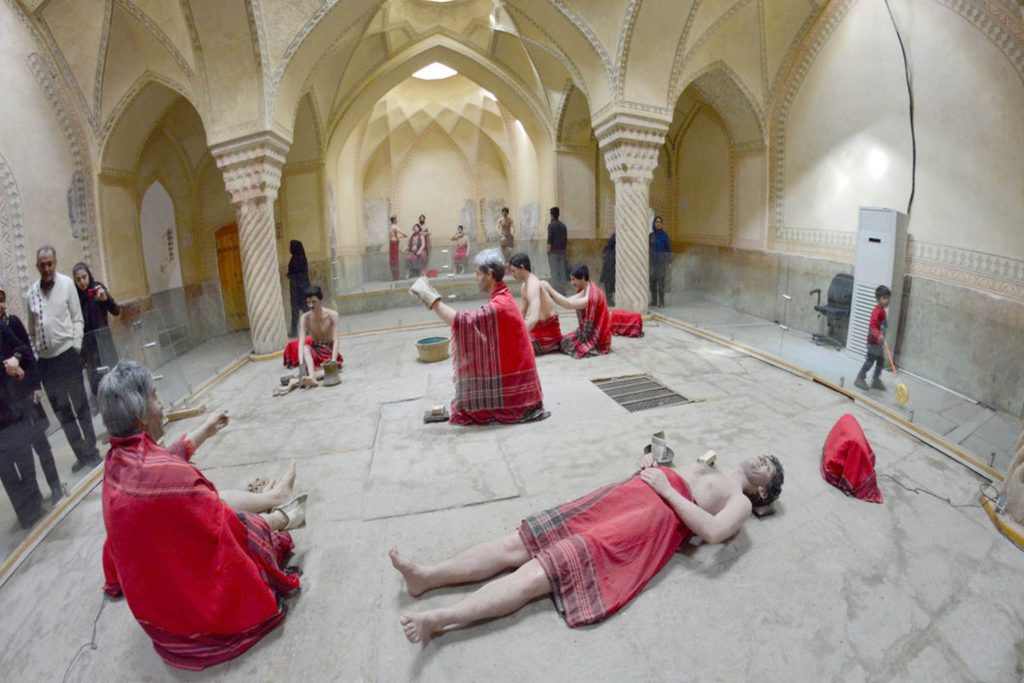
Who built Vakil Bath?
After Karim Khan Zand came to power, he chose Shiraz as the capital city and constructed several buildings such as mosque, bazaar, bath, water storage, citadel, courthouse, caravansary, mint, and etc.
One of the remained works is Vakil Bath, located on the west side of Vakil mosque, known for its unique colorful designs among Iranian and foreign tourists. Completed in 1773, the bath is one of Iran’s largest baths with an 8,660meter foundation and 11,000 m2 area. The bath was actually used as a community center thus constructing a large bath was an important achievement.
Vakil Bath is rectangular and the King, Karim Khan Zand, not only ordered the construction; but also supervised the process, and even proposed various schemes.
Vakil Bath was used until the end of Mohammad Reza Shah’s reign. The cloakroom or changing room was converted into a zurkhaneh in addition to the parts which were used as private bath. The use of the bath changed after the Islamic Revolution of Iran and for a while, it was in the form of a restaurant and a dining room that received tourists. However, some damages caused the conversion of the bath into the museum, and various parts of the bath was exposed to visitors with statues of ancient people taking a bath.
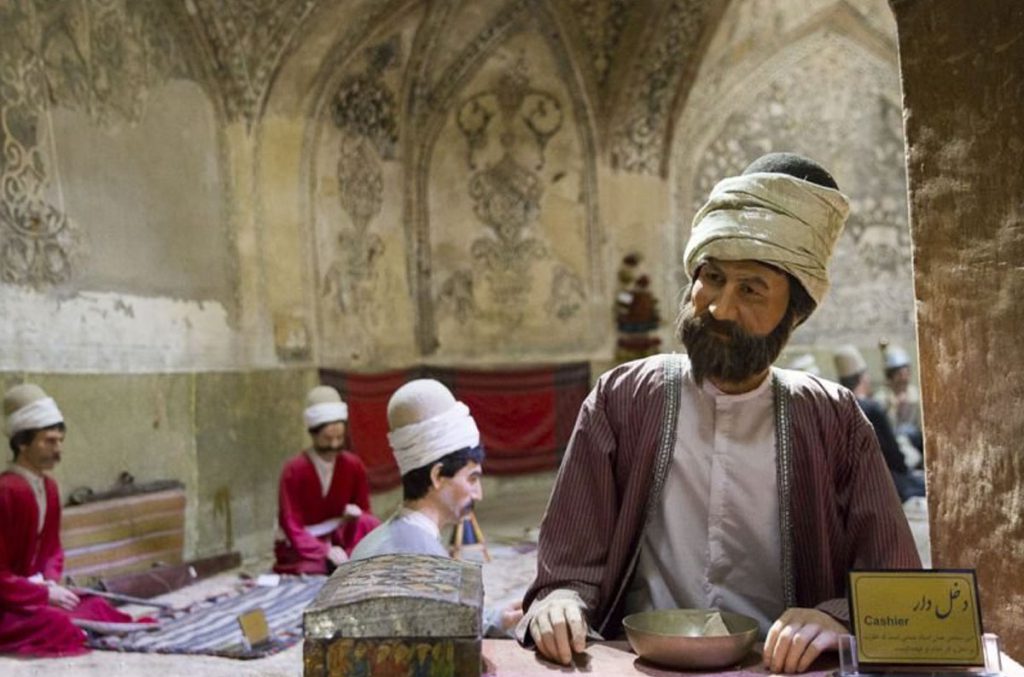
Vakil Bath Decorations
No doubt, lime artwork is the most attractive decoration method used in Vakil Bath, which includes carving prominent patterns on a lime surface. The moisture in the bath made them use lime for decorative purposes instead of plaster; Otherwise the durability of the decorations would decrease, and in a short time it would collapse.
Lime artworks are mostly in the shapes of natural phenomena (flowers and shrubs) and belong to the Zand era. However, during the Qajar period they were covered with distinguished pictures. Some of the pictures of Qajar era are about Quran stories like Sheikh Sana’an and Christian girls. We also can’t ignore the fiction themes of Persian literature like Shirin and Farhad, Bijan and Manijeh and the scene of Sultan Sanjar and The old woman.
You can visit this bath by traveling to Shiraz and make a memorable experience at this place.

